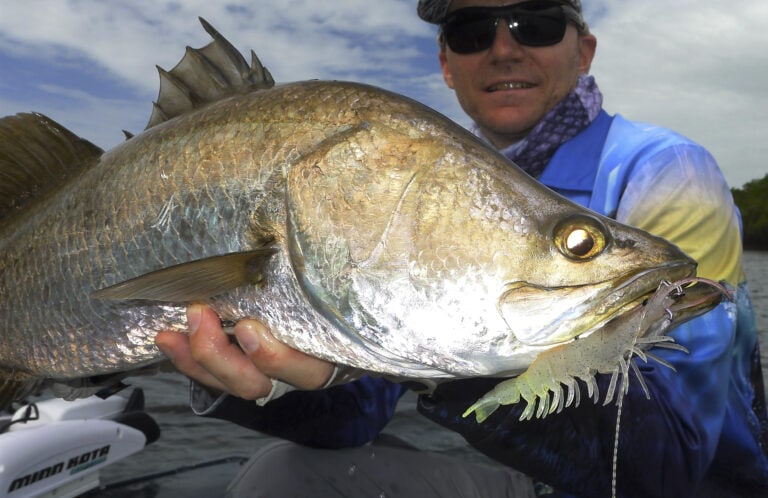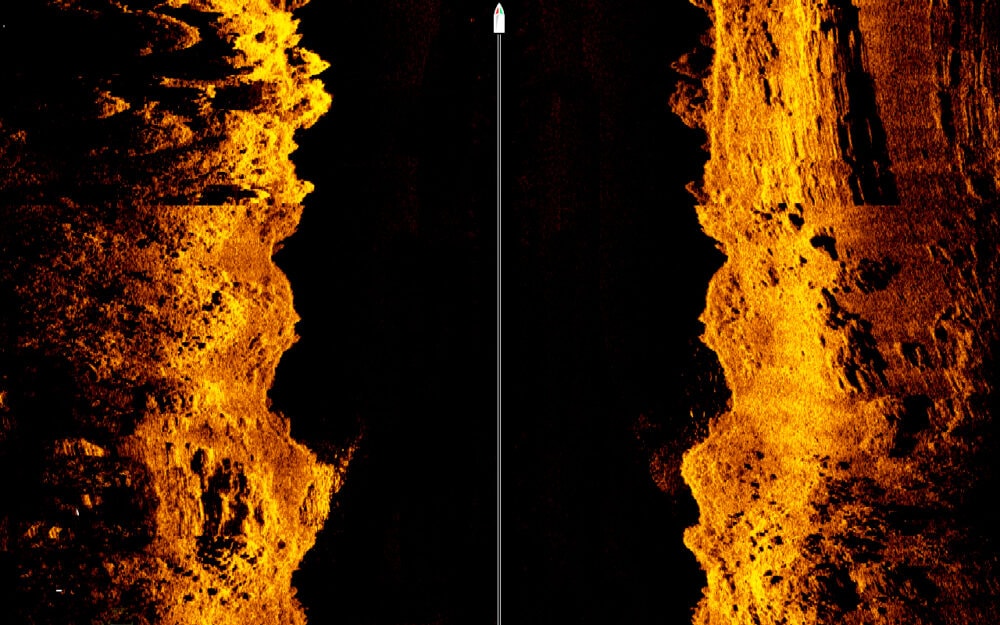Bite Times – By Dan Kaggelis
If the fish would just bite all the time, fishing would be much easier. You wouldn’t have to worry about tides, time of day or weather. Unfortunately this is not the case and most fish will only feed at certain times. Some anglers, including myself, prefer this as it brings an element of skill to fishing.
Working out when certain fish feed at different locations can be tricky, but when you have figured out the pattern it is very satisfying.
Let’s look at some variables you may wish to consider when working out bite time patterns.
The most obvious is time of day. Every angler knows that sunrise and sunset can trigger a bite. This time of day is always a good time for predatory fish to feed as the lower light makes it easier to ambush prey. It also triggers a change in conditions which can also trigger a bite.
Moon phases also can affect bite times. New moons create darker than normal conditions which can see some species prefer to feed during the day. Full moons offer plenty of light during the night which makes for ideal conditions for fish to hunt after dark. Personally I find the full moon not as good as the lead up to the full moon as too much light can make it hard for fish to ambush their prey. About 4 days before or after the full moon creates the perfect amount of light for fish to hunt at night but not too much light that they can be seen by their prey.
Moon phases work with the tides and for some species, like jacks, this can play a huge role in terms of bite times. Jacks love it when the tides move over banks and under the mangroves as it provides access to all the crabs and prawns and bait fish which are hiding in these places. Being able to target these fish just before the water moves into the mangroves can see the jacks lining up ready for that perfect water level to access their prey.
When you get this right catching multiple jacks cast after cast can be achieved.
Barramundi can also be affected by tide. I once had a spot where the barra were holed up on this one particular snag. On the high tide they sat deep in the snag where lures couldn’t get to them. However, when the tide receded, they were pushed further and further from the snag. I found that a water height between 1.7 metres and 1.4 metres was the perfect time to target these fish as they were pushed just out of the snag. This allowed lures to reach these fish perfectly. During this time you could easily catch three or four fish one after each other until the tide receded too far and pushed the barra out of the snag and into deeper water. I wish I had my Humminbird 360 back then as I could have been able to follow them to their next honey hole and continue on catching them.

This side imaging shot shows bait and fish on the bite
When the trout come on the bite they come thick and fast
Another way to determine a bite time is the behavior of fish which you can see via your sounder. Using side imaging and 360 imaging you can see when the fish, like barramundi, begin to ball up around bait schools and get ready to feed. I have a certain spot where there are plenty of barra and when they are not feeding, they just move around in ones and twos sulking. Then its like a switch is pulled and they begin to move onto schools of bait in numbers and begin to feed. It may only be a fifteen minute window, but you can catch a lot of fish in fifteen minutes.
In this situation it is mostly spurred on by a tide change which can always trigger a change in behavior of fish. I prefer the first of the run in for jack fishing as it gets them ready for that extra water height as discussed above.
Saltwater offshore fish also have similar patterns in terms of bite times. When chasing Spanish mackerel at one of my favourite spots – Abbott Point north of Bowen, the tide movement played a huge role in terms of bite times. On the top of the tide the Spanish would spread out and the only way to get a bite was to troll around hoping our wolf herring or lure would drag across the front of a mackie’s face. But as the tide moved to dead low they would pack up to the point where you could drop metal jigs on top of them and snare them one after the other.
Fish like coral trout can be triggered by a change in tide. Just recently I took my Haines Signature offshore as we had a very strange lull in the weather during a time when we typically have a lengthy run of very windy weather. I checked the tides and we were going to turn up on the spot an hour before the top of the tide. I told the boys I expected the fishing to be slow for a couple of hours and I was dead right. We could hardly get a bite on any of the bait filled bombies, even from the pickers.
However, when the tide began to run it was a completely different story with trout coming over the side thick and fast on every bombie we spot locked on.
It was a crazy couple hours of fishing and once the tide began to slow so did the fishing and the bite time was gone.
Personally, I try to only fish bite times and I cop a bit of flack from my boaties because after the ideal conditions I’m pretty keen to put the rods in the rack, pull up the electric and head for home. Sure you can spend the next four hours grinding a way, but it can mostly be a waste of time until the conditions change and catching fish is more favorable. So what can you do if you want to grind it out to improve your chances of catching fish?
The first is to fish slower and the ideal lure for that is a prawn. These types of lures can be flicked off the bottom at a very slow pace which gives the fish plenty of time to see them and consider feeding on it.
It can be a little frustrating using this technique, especially when you can see the fish on the sounder and your lure is running right through them, but this technique can draw a bite. For jacks, lures that can be cast up under mangroves and reach flooded timber are ideal. Frog style plastics rigged weedless allow for this which is one of the reasons many anglers will fish this way.
Personally, I prefer lures which will float on the fall. My all time favourite plastic to achieve this is the Berkley Crazy Legs which are similar to a jerk shad except they have a split tail which waft on the drop. When I can’t draw a bite this is my go to plastic. Another is the gold bomber of plastic lures – the Atomic Prong. This is a killer plastic – so good in fact I refuse to use them as its cheating.
At the end of day one of the biggest factors which influence bite times is knowing your locations. Time on the water in each different location can allow the angler to put together the pattern of when fish bite. Once you figure this out it can lead to some amazing fishing.








